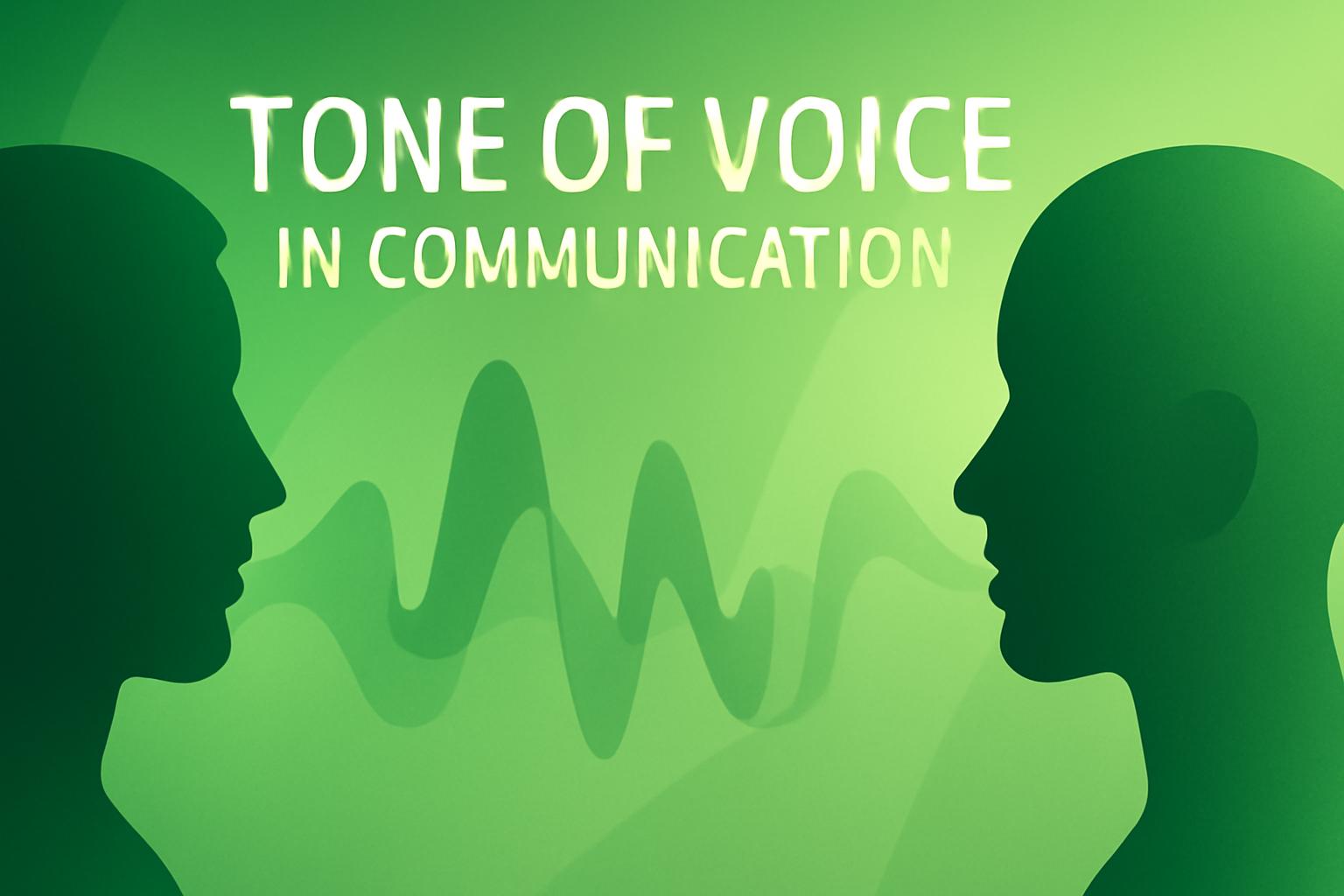Tone Is the Top Cause of Conflict in Relationships
When asked what triggers the most arguments between couples, many expect issues like money, sex, or parenting to top the list. However, psychologist Mark Travers, PhD, reveals that the primary source of tension is actually much simpler: the tone of voice partners use when communicating. It’s not the unpaid bills or household chores themselves that ignite disputes, but rather how these topics are discussed. A subtle shift in tone—a sigh, an eye-roll, or a sharp edge in the voice—can transform even a straightforward question into an accusation.
Tone Matters More Than the Words You Say
Research supports this phenomenon: studies show that only a small fraction of how messages are interpreted comes from the actual words spoken. The majority is conveyed through nonverbal cues such as facial expressions, body language, and especially tone of voice. During conflicts, tone carries significant emotional weight. A clipped tone can sound like blame, a flat one might suggest indifference, and sarcasm often conveys contempt. While people may forget the exact words exchanged, the tone and its emotional impact tend to linger in memory.
How to Manage When Your Tone Turns Sharp
Everyone occasionally lets their tone slip, especially when fatigued, stressed, or distracted. The key is to recognize these moments in real time and take steps to repair communication before conflict escalates.
- Apologize briefly and clarify: “Sorry, I didn’t mean for that to come out so sharp. Let me say it differently.”
- Acknowledge the unintended harshness: “I realize that sounded a lot harsher than what I intended. What I’m trying to say is…”
- Pause and rephrase: “Hold on, I don’t like how that came out. Let me try that again.”
These honest, low-key corrections demonstrate self-awareness and help prevent arguments from escalating.
How to Respond When You’re on the Receiving End
When a partner’s tone becomes sharp, the natural impulse may be to mirror that edge, but this often fuels a blame cycle rather than resolving the underlying issue. Instead, interrupt the pattern calmly with requests like:
- “I didn’t like the way that sounded. Can you say it a different way?”
- “I want to hear you out, but your tone is making that difficult for me right now. Can you try again?”
- “I get that you’re frustrated, but can you explain that again a little more calmly?”
Avoid accusations or defensiveness. A simple, respectful nudge toward clearer communication can de-escalate tension.
Breaking the Cycle of Negative Tone Loops
Sometimes both partners fall into a reactive tone trap, with one’s defensiveness met by increasing sharpness from the other. Escaping this cycle requires courage to “reset” the conversation.
- Use a “reset phrase” such as: “Let’s start over.”
- Invoke humor or an inside joke to lighten the mood.
- Employ nonverbal gestures like a hand squeeze to signal a pause.
Dr. Travers shares from his own marriage that such resets don’t erase disagreements but defuse the negative tone, paving the way for more productive dialogue.
About the Expert: Mark Travers, PhD
Mark Travers is a psychologist specializing in relationships. He holds degrees from Cornell University and the University of Colorado Boulder. As lead psychologist at Awake Therapy, a telehealth platform offering psychotherapy and counseling, he also curates the mental health resource Therapytips.org.
FinOracleAI — Market View
Effective communication is foundational to healthy relationships, which in turn influence mental well-being and productivity. Understanding that tone often drives conflicts more than substantive issues highlights a critical area for therapeutic intervention and personal development.
- Opportunity for relationship therapists and counselors to emphasize tone awareness in conflict resolution.
- Potential growth in digital tools that help couples monitor and adjust communication styles in real time.
- Risks if tone-related conflicts escalate unchecked, potentially leading to relationship breakdowns and associated mental health costs.
- Increased demand for educational content and courses focused on emotional intelligence and communication skills.
Impact: Recognizing tone as a primary conflict driver offers a practical leverage point for improving relationship dynamics and mental health outcomes, presenting a positive outlook for related therapeutic and educational markets.













